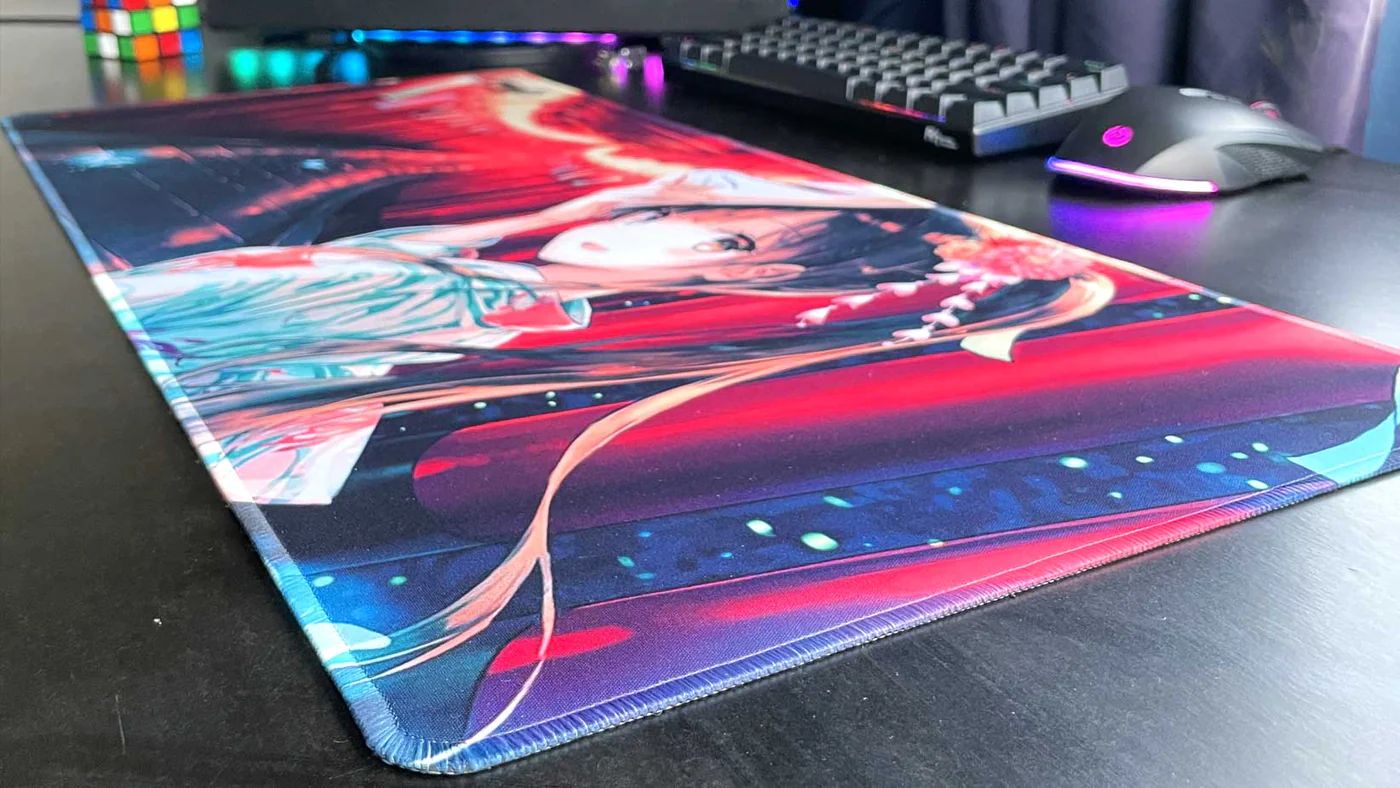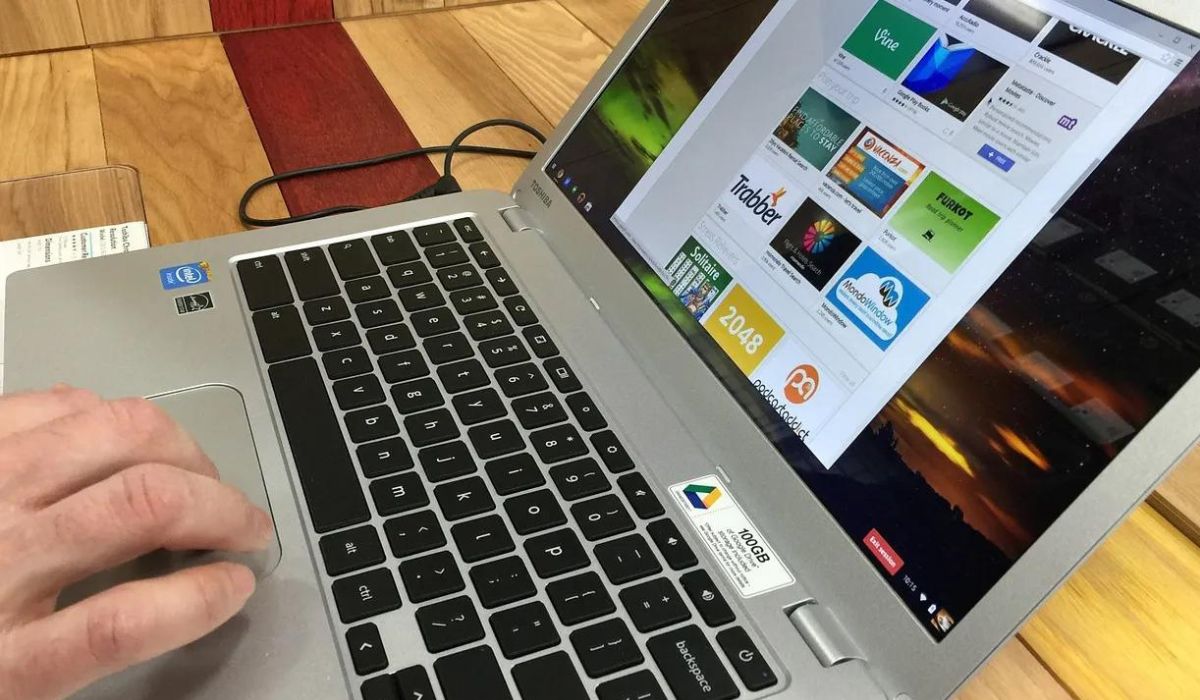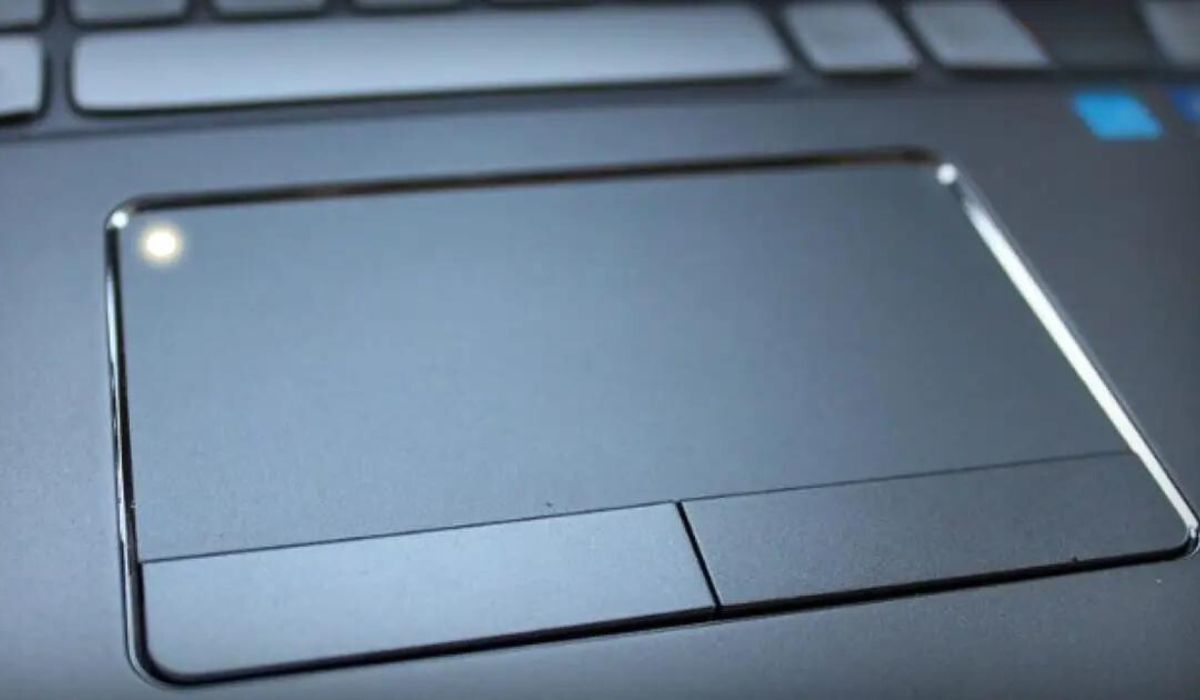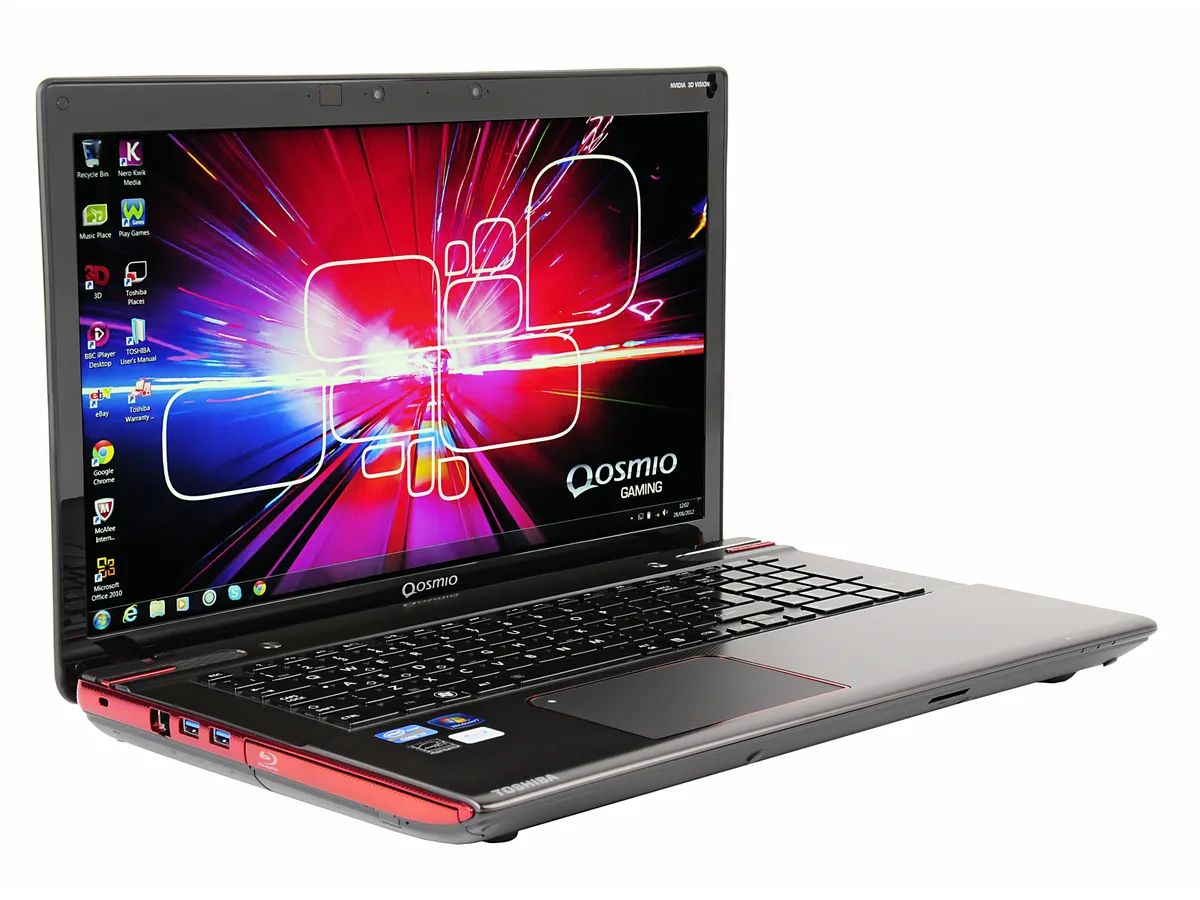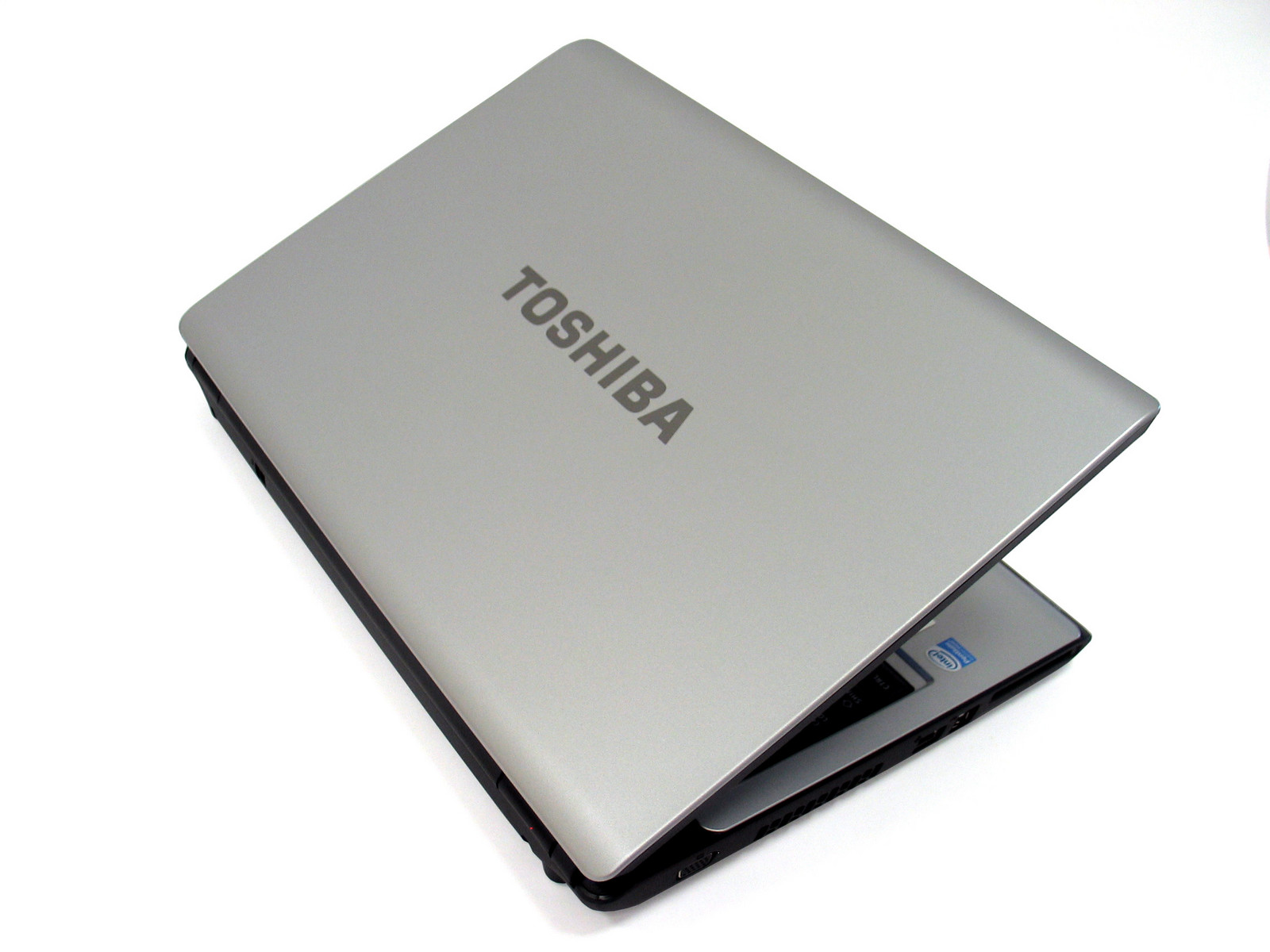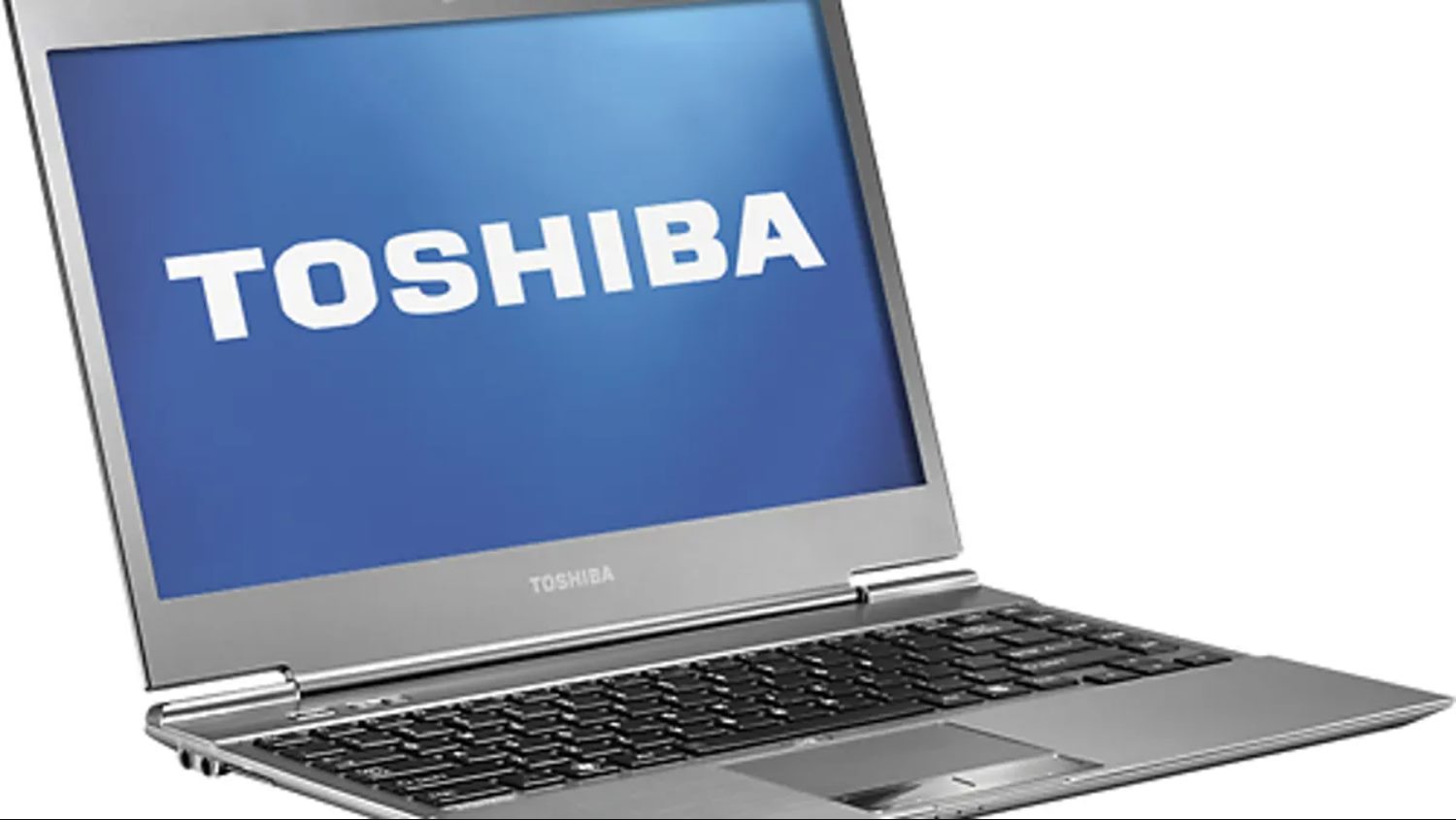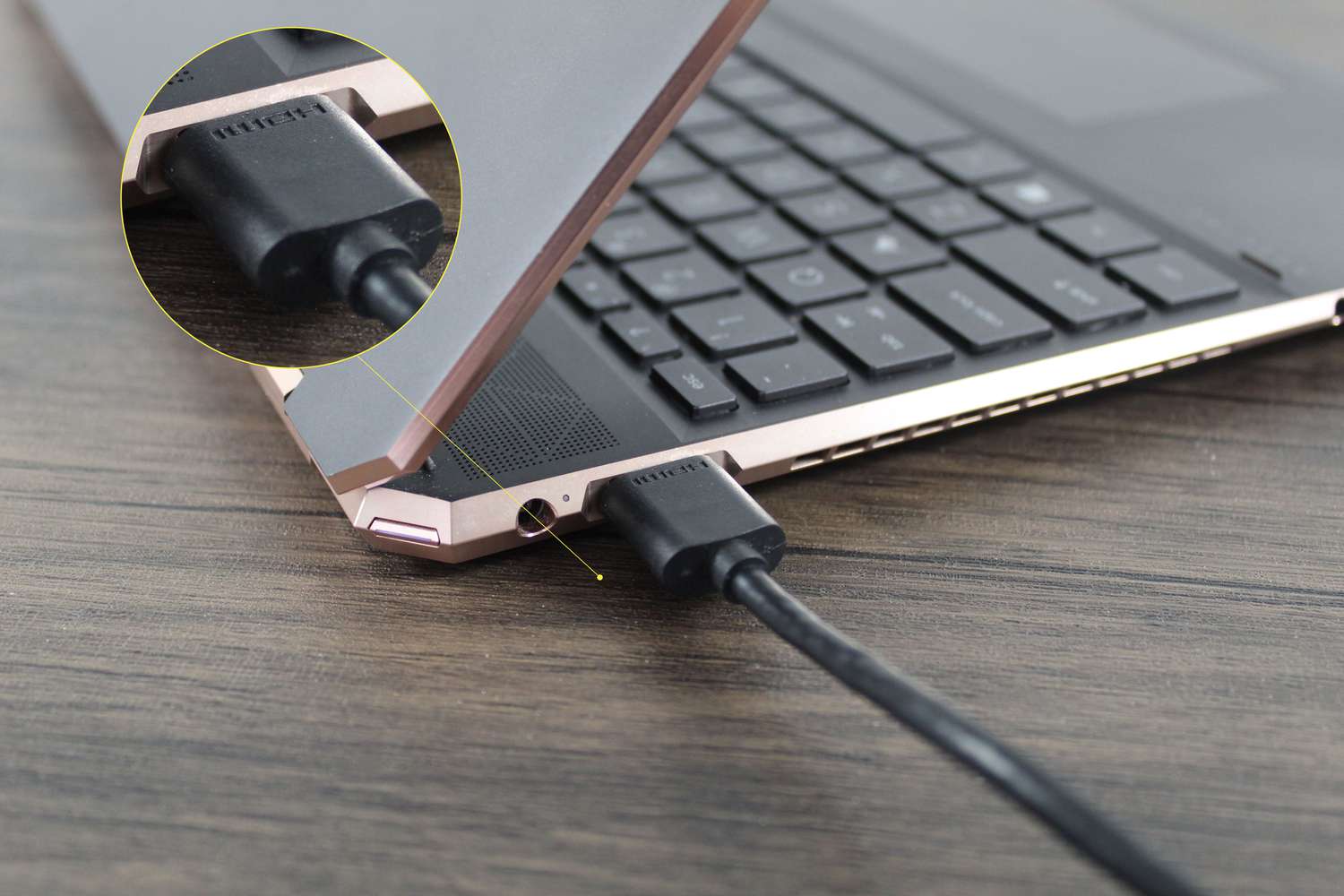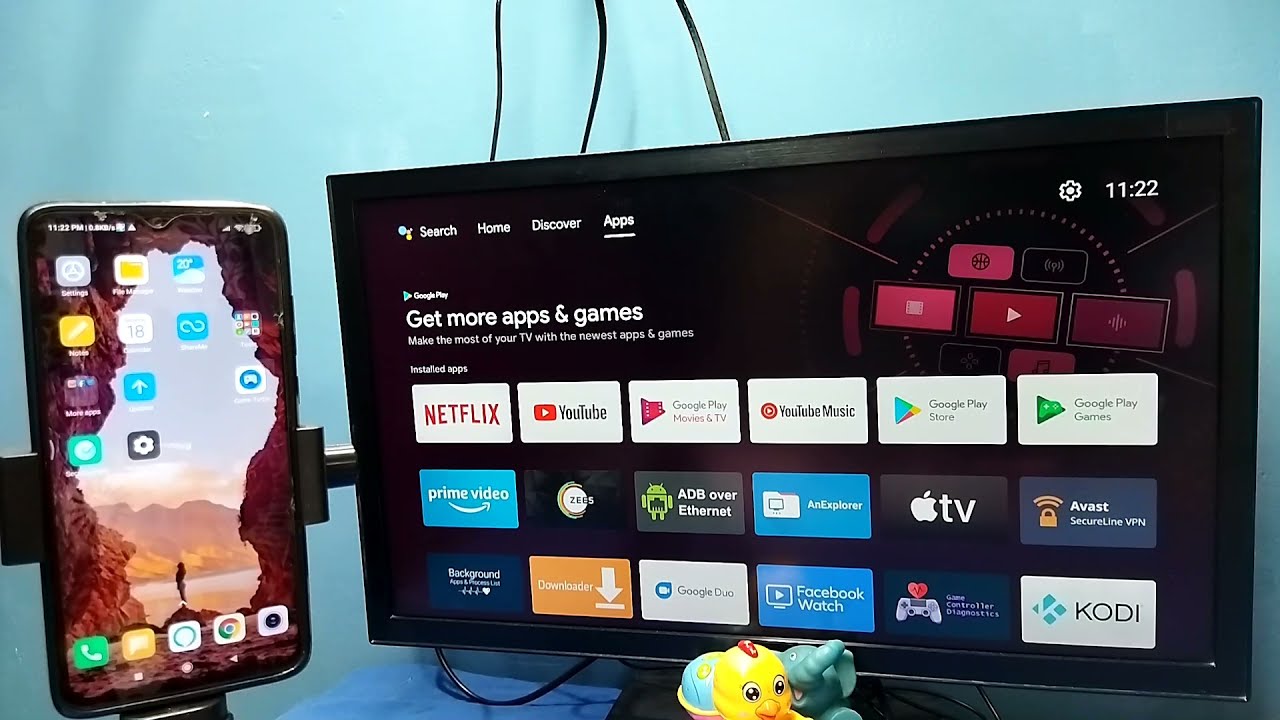Introduction
If you’re experiencing issues with your Toshiba laptop’s mouse pad, don’t fret. There are several simple methods you can try to unlock the mouse pad and restore its functionality. Whether it’s a physical switch, a function key, or a software setting causing the problem, this guide will walk you through the troubleshooting process step by step. By following these methods, you can quickly regain control of your mouse pad and get back to using your laptop with ease.
In the following sections, we’ll explore how to check for a physical switch that may be locking the mouse pad, utilize function keys to unlock it, adjust touchpad settings in the Control Panel, and update or reinstall touchpad drivers. Each method is designed to address different potential causes of the mouse pad being locked, providing you with a comprehensive toolkit for resolving the issue.
By the end of this guide, you’ll have a clear understanding of the various approaches you can take to unlock the mouse pad on your Toshiba laptop. With these troubleshooting techniques at your disposal, you can quickly troubleshoot and resolve mouse pad issues, ensuring that your laptop operates smoothly and efficiently.
Checking for Physical Switch
The first step in unlocking the mouse pad on your Toshiba laptop is to check for a physical switch that may be causing the issue. Many Toshiba laptops are equipped with a physical switch that allows users to enable or disable the touchpad. This switch is typically located in a convenient and accessible location, such as the front edge of the laptop or near the touchpad itself. Look for a small switch that can be toggled to activate or deactivate the touchpad.
Once you’ve located the physical switch, ensure that it is in the correct position to enable the touchpad. If the switch is set to the “off” position, simply toggle it to the “on” position to unlock the mouse pad. After adjusting the switch, test the touchpad to see if it is now responsive. If the physical switch was the cause of the locked mouse pad, this simple adjustment should restore its functionality.
If your Toshiba laptop does not have a physical switch for the touchpad, proceed to the next troubleshooting method to explore alternative solutions for unlocking the mouse pad. However, if a physical switch is present, verifying its position and functionality is an essential first step in resolving touchpad-related issues. By checking for and adjusting the physical switch as needed, you can quickly determine whether it is responsible for locking the mouse pad and take appropriate action to restore normal operation.
Using Function Keys
If your Toshiba laptop does not have a physical switch to enable or disable the touchpad, you can utilize function keys to unlock the mouse pad. Many laptops, including Toshiba models, feature function keys that serve various purposes, including controlling the touchpad. To unlock the mouse pad using function keys, look for the appropriate key combination on your keyboard.
The specific key combination for enabling or disabling the touchpad varies depending on the laptop model. However, a common approach is to press the “Fn” (function) key in combination with one of the function keys located at the top of the keyboard. Look for a function key with an icon that resembles a touchpad or contains the label “TP” or “TCH.” Once you’ve identified the corresponding function key, press and hold the “Fn” key, and then press the designated function key to toggle the touchpad on or off.
After pressing the key combination, test the touchpad to determine if it has been unlocked. If the function keys were the cause of the locked mouse pad, this method should restore its functionality. If the touchpad remains unresponsive, proceed to the next troubleshooting step to explore additional solutions for unlocking the mouse pad on your Toshiba laptop.
By utilizing function keys to control the touchpad, you can quickly determine whether the mouse pad was inadvertently locked using this method. If successful, you’ll regain access to the touchpad’s functionality, allowing for seamless navigation and control of your Toshiba laptop.
Adjusting Touchpad Settings in Control Panel
If checking for a physical switch or using function keys did not unlock the mouse pad on your Toshiba laptop, you can explore adjusting touchpad settings in the Control Panel as an alternative troubleshooting method. Accessing the Control Panel allows you to modify various touchpad settings, potentially resolving issues related to the locked mouse pad.
To begin, navigate to the Control Panel on your Toshiba laptop. You can typically access the Control Panel by clicking the “Start” button and selecting “Control Panel” from the menu. Once in the Control Panel, locate the “Mouse” or “Touchpad” settings, which may be listed under “Hardware and Sound” or in a standalone category.
Within the touchpad settings, you can adjust parameters such as sensitivity, scrolling behavior, and tapping functions. Look for an option to enable or disable the touchpad and ensure that it is set to “enabled.” Additionally, review other touchpad settings to see if any adjustments are necessary to restore the mouse pad’s functionality.
After making any desired changes to the touchpad settings, click “Apply” or “OK” to save the modifications. Test the touchpad to determine if the adjustments have unlocked it. If the touchpad now responds as expected, the issue may have been related to specific settings within the Control Panel. However, if the mouse pad remains locked, proceed to the next troubleshooting method to continue your efforts in resolving the issue.
By adjusting touchpad settings in the Control Panel, you can customize the touchpad’s behavior and potentially address the locked mouse pad on your Toshiba laptop. This method provides an opportunity to fine-tune touchpad settings and restore its functionality, offering an additional avenue for resolving touchpad-related issues.
Updating or Reinstalling Touchpad Drivers
If previous troubleshooting methods have not unlocked the mouse pad on your Toshiba laptop, updating or reinstalling the touchpad drivers can be an effective solution. Outdated or corrupted drivers can hinder the functionality of the touchpad, leading to issues such as a locked mouse pad. By updating the drivers to the latest version or reinstalling them, you can address potential software-related causes of the problem.
To update the touchpad drivers, begin by accessing the Device Manager on your laptop. You can typically open the Device Manager by right-clicking the “Start” button and selecting “Device Manager” from the menu. In the Device Manager window, locate the “Mice and other pointing devices” category and expand it to reveal the touchpad device. Right-click on the touchpad device and select “Update driver” from the context menu.
Choose the option to search for updated driver software automatically. If a newer driver version is available, the system will download and install it. After the update process is complete, restart your laptop and test the touchpad to see if it has been unlocked. If the touchpad now functions properly, the driver update may have resolved the issue.
If updating the drivers does not unlock the mouse pad, you can proceed with reinstalling the touchpad drivers. Return to the Device Manager, right-click on the touchpad device, and select “Uninstall device.” Once the device is uninstalled, restart your laptop. Upon restarting, the system will automatically reinstall the touchpad drivers. Test the touchpad to determine if it has been restored to normal operation.
By updating or reinstalling the touchpad drivers, you can address potential software-related issues that may have caused the mouse pad to be locked. This method provides a comprehensive approach to resolving touchpad-related problems, ensuring that the drivers are up to date and functioning correctly to support the touchpad’s operation on your Toshiba laptop.









